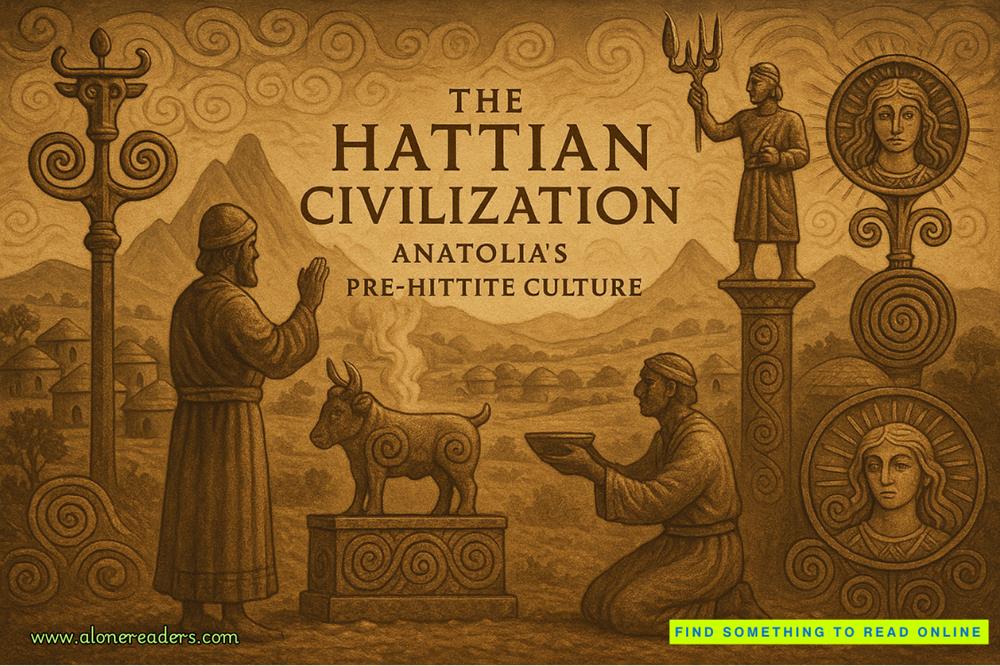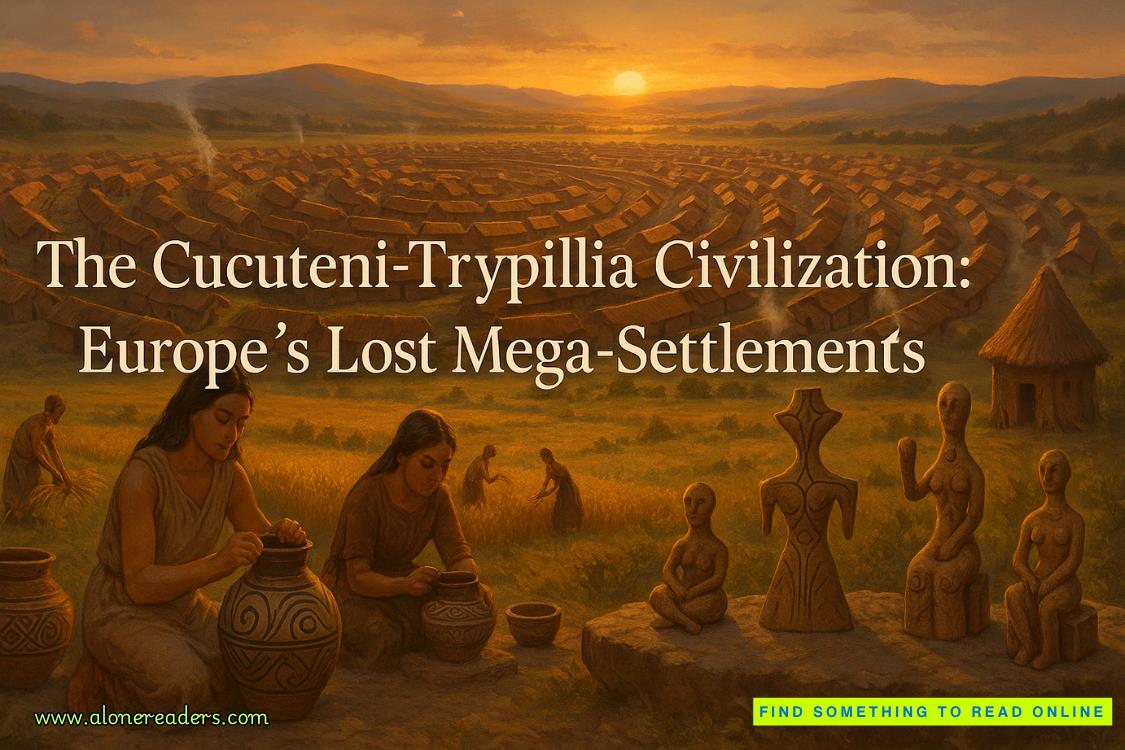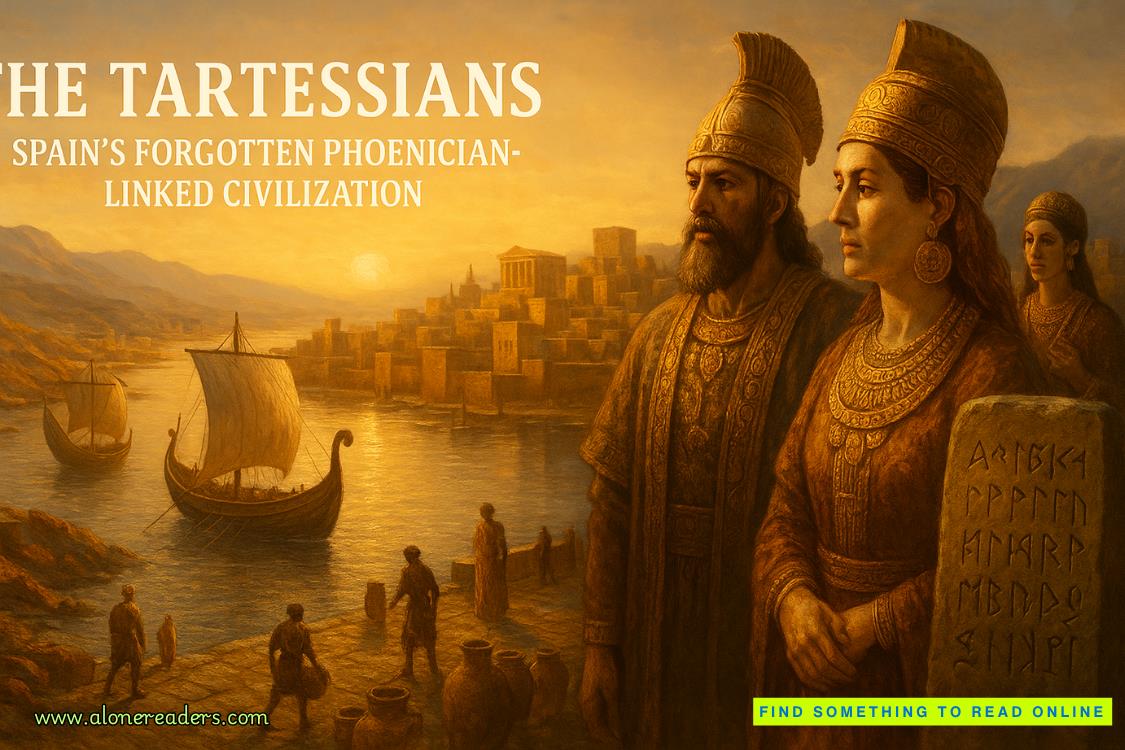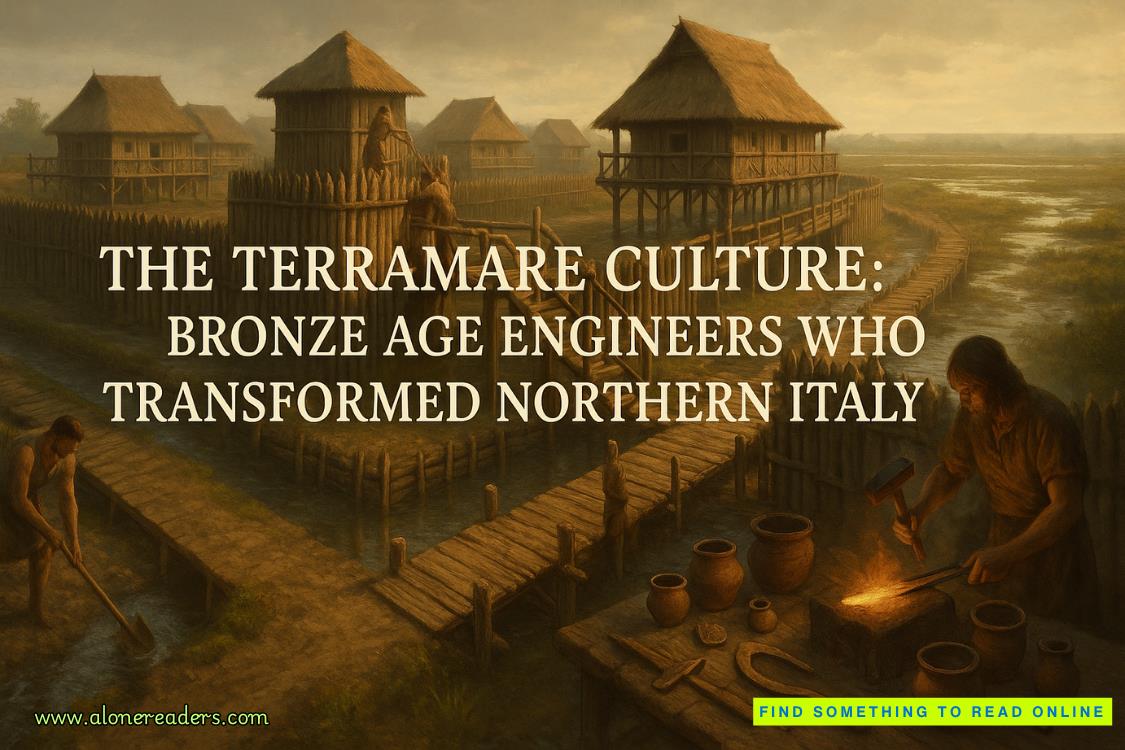I said I could understand.
“The old me would really hate Lindsey for what she has. With you, the house, the whole domestic bliss routine.” She winked at me. “But that’s the old me. Lindsey told me you lost your folks when you were a baby. And you don’t have any brothers or sisters.”
She looked away and said, “I always felt alone, too.”
I had my own distraction: finding Dana. In this, I couldn’t have been worse off. I had no name I was certain of. No date of birth. No Social Security Number. These were the essentials for taking advantage of the vast and growing tentacles of law enforcement. I had no photo—just her story, a lie no doubt, and the memory of her face and manner, flawed I am sure. Eyewitness accounts are often so. When I was a patrol deputy, we called them “eye-witless”—fifty people can see the same event and each could have a different and conflicting recollection. That was proving true in the investigation of the ice-pick murder of Louis Bell. The medical examiner fixed the time of death at around eleven that morning, and for two hours he sat slumped into the chair where he was finally discovered. Still, there had been around two hundred fifty people in the casino. All had been interviewed by the cops, and nobody remembered seeing anything. He might have gone undiscovered for hours longer had not a grandmother from Sun City been antsy to play the slot machine he was blocking.
But we had a suspect anyway. His name was Jesus Esparza, age eighteen, a small-time hood with burglary, pickpocket, and prostitution arrests. The feds liked him for the murder, and Phoenix PD was looking to connect him to the Cordesman murder. That one might be trickier, considering there was no forced entry and apparently nothing missing. This brought Peralta back to his first theory. Maybe Esparza was a hustler that Cordesman had picked up and taken home. Cordesman was single, and the neighbors didn’t recall seeing any women come and go from the house. I was more skeptical. I couldn’t set aside the visit from my former student to send me on a fool’s errand in the desert, one that had led me to one body, to the Bell brothers, and finally to Louis Bell with an ice pick in his brain.
I was down to calling every person named Underwood and Watkins in the phone book. This yielded nothing but ill will for the Sheriff’s Office, as if I were just another telemarketer. I could bet I was on the verge of ill will from the sheriff himself, every day that I didn’t produce the soccer mom with the letter from dear old dad. The second Monday in June, I drove out to a construction site in Maricopa, following my last lead. Just a few years before, this village stood as an isolated dust-catcher on the other side of the South Mountains. Its momentary importance had come a century before, when it was the connection to the railroad from Phoenix. But as I drove out the long, two-lane highway, I could see how much had changed. Subdivisions rose on both sides of the road, completed houses or framing, behind mud-colored walls. The combination of the dun-colored, flat land and monotonous new housing was numbing. The “yards” in front of each house were not even large enough to plant one tree. I didn’t get the appeal. But part of it must have come from signs promising prices in the high ninety-thousands, well below Phoenix proper.
My destination was an uninspiring expanse of desert, where I found a man sitting in a new Mercedes convertible. He got out and introduced himself as Josh.
“Hope my directions were good, Deputy Mapstone,” he said, pronouncing it like “Map-stun.” “I’m all over the Valley in my job, so I appreciate you working around that.” He had a pale, round face and shaved head. Although he wore expensive-looking slacks, he topped them off with a T-shirt. It showed an image of the planet and the caption: “Seventy percent of the Earth’s surface is water. The rest is available.”
“Sure,” I said. “What exactly do you do?”
“I assemble land,” he said. He was a fast talker. “Me and my partners. This here,” he poked his thumb at the desert, “this will eventually be five thousand homes. But first we have to put together the deal for the developers. A property this size might come from twenty or thirty different purchases of land. Some of them are just a few acres; maybe a family’s held it for generations. The trick is to get these farmers to sell.”
“Is it hard?”
“Nah,” he said. “But they keep wanting more money.”
“I saw your name in the Miami alumni newsletter,” I said. “You contributed an item about an alum who had received a community award here.”
“Yeah, Ted Griffin. You must do some obscure reading,” he said, slower now.
“I wondered if you might be in touch with people here who attended Miami?”
“Not really,” he said. “A few. You can’t swing a dead cat in Phoenix without hitting som
ebody from Ohio.”
I told him who I was after, and he shook his head faster with each specific detail of Dana’s description. Hell, I knew I was playing long hunches, but they were all I had left. In a few minutes, I left him with his Mercedes and his empty land, and I began the long, depressing drive back to the city. To make matters worse, the old county Crown Vic only had an AM radio, so I absently pushed buttons to take me from commercial-filled rock stations to commercial-filled country stations. I almost didn’t hear it.
“Arizona Dreams,” the voice said. “Your home town. Imagine a master-planned community that’s a real community, with real neighborhoods, like you remember from when you were a kid. We’re imagining that for you, at Arizona Dreams…”
The sales pitch was droning on long after I had slammed on the brakes and pulled off next to a cotton field. The only thing I was buying was the voice. That pleasant voice with a hint of butterscotch.
I said out loud, “Hello, Dana.”
16
Two days later, I borrowed Lindsey’s Prelude, put Coleman Hawkins in the CD player and got on the freeway. Even though I played “Father Cooperates” twice, it occurred to me how out of place the music was for Phoenix suburban commuting. This was music for city sidewalks and basement jazz clubs, for smoky introspection. It didn’t blur your mind, like country or hip-hop. Hawkins made you want to be right there, listening to every note. He was out of place here, like me. I went east on the Red Mountain Freeway, trying to beat the afternoon rush hour. It was only two o’clock. But I hit traffic by the time I came to Tempe, and it never let up. One of the perverse outcomes of years of a building mania on the city fringes was that the supposedly quiet suburbs suffered from monstrous congestion. Things got worse when I came to the Price Freeway and turned south.
In another thirty minutes, I landed in Gilbert. For a few minutes, I just drove around, getting my bearings. When I was in college, this had been a tiny farm town surrounded by fields, far from the nearest inkling of city. Now it was dense with red tile roofs, that tedious signature of the Phoenix building industry. I drove past subdivisions with names like Summer Meadows, Neely Ranch, and Madera Parc. I wondered if that “c” on “parc” let the developer add another ten percent to the price. And there probably once had been a Neely Ranch, a real ranch. But all I saw now were houses jammed together on the flat former farmland.
I looked down side streets: the fronts of the stucco houses were mostly garage doors, all the same paint scheme, no trees. And yet families were clamoring to get to Gilbert, if the newspaper was to be believed. The East Valley cities of Gilbert, Chandler, and Queen Creek, along with the Ahwatukee section of Phoenix, had become the white, upper-middle-class promised land of the Valley. There were two geographies of the mind here. For me, I looked around and saw all that was lost: citrus groves and flower gardens, clean air and a sweeter town. But for the newcomers, and almost everyone was, this was clean and new and warm. They had the good schools, youth sports, chain stores, and long drives that characterized the upper-income American suburban life. That, and they didn’t see anyone with brown or black skin or anyone who was poor.
It was an unsettling geography. Neighborhoods didn’t connect to anything. Neighborhoods segregated by “price point.” Each was walled off from the world. The main roads were seven or eight lanes wide, separated from everything else by wide berms and landscaped dead zones. The buildings were all brand new, but sterile. At the dawn of the twentieth century, architects like Daniel Burnham had sought to create lovely and humane civic design. So was born the City Beautiful Movement. Now our newly built spaces were all about maximum profit. They were spaces of convenience and automobiles and yet at the human level they were spaces for prosaic drudgery. The City Beautiful streets of Willo and central Phoenix might as well have been a world away.
And yet, I came upon a little town embedded in all this new suburbia. It was poignantly out of place, with its humble ranch houses with their low roofs. Once fields had surrounded them; now it was fields of houses. I crossed the Consolidated Canal and pulled into the Mormon Church parking lot to check my map. Finding Dana hadn’t been easy. But I called in a favor from a radio producer I knew, and she supplied a phone number for the woman who did the Arizona Dreams ad. Then I cross-referenced the number for the address.
Dana’s house was located in a nicer part of town. Here the subdivisions were named Lakeside, Crystal Shores, and Regatta, and the houses were blessed with a rolling landscape, lush grass, older trees, and shade. A road took me over a bridge where I could see the lake that backed up to the houses. Some sizable boats were tied up. It looked like a synthetic reproduction of a Florida or California development. Those were fake, but at least they could spare the water. This was also “gated community” territory. But a landscape truck was helpfully sitting across the open gate into the subdivision I was seeking, so I just drove through. Why, they’ll let anybody come in.
The house looked like every other one on the street, aside from a subtle rearrangement of some stonework or shade of tan paint. The architecture was like a mutt dog: watered-down Spanish colonial, pre-fab Tuscany, and a pinch of the homelier aspects of Tudor. There were three narrow arched windows facing the street, mounted in stucco and stonework, but somehow they didn’t seem to go with the rest of the front. A good half of the part that faced the street was a garage door. That meant most of the front yard was driveway, in this case an elaborate mix of brick and stone. What was left had been given over to a tiny lawn, unnaturally green, surrounded by beds of rocks and desert xeriscape plants. I was no architect, but let’s just say it was a long way from Willo.
The doorbell set off a choir of dogs. I stood off to the side—it was a habit from my patrol days, when a knock might be met with gunfire through the door, and it also made sure she couldn’t see me through the peephole. There was no car in the driveway. But if she wasn’t home from work, I was willing to wait. Reiterating that willingness was about the time it took for the door to be pulled open. It was the strawberry-blonde mom from my office, and she had a merry greeting smile on her face. That is, until she saw me. She stepped back quickly and pushed at the door, but I was ready for that. I pushed back hard, sending the door into the wall and her back toward the dogs. They were two Rottweilers, and they didn’t like me one bit.















